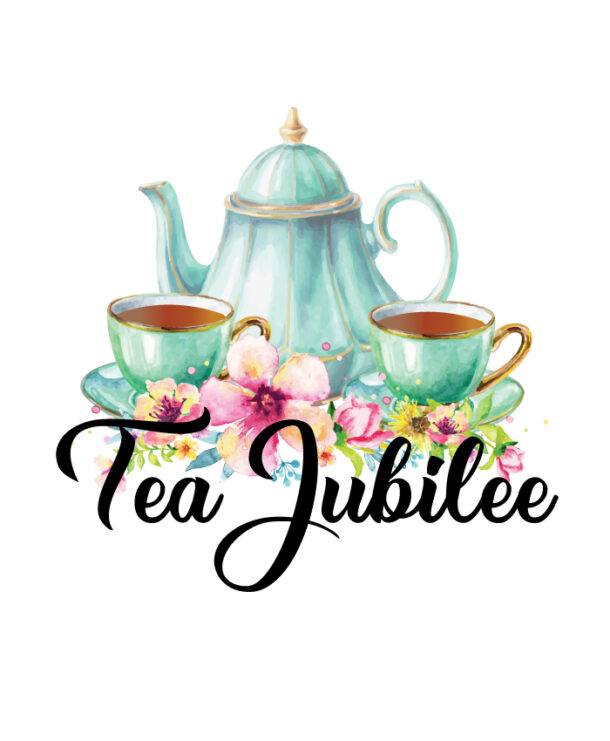==================
A Caveat and Affiliates
First off, a little caveat: within my articles you will find affiliate links, meaning if you buy them, I get a small commission. Your cost is not affected. In addition, I am an Amazon Associate and I earn from qualifying purchases on Amazon.
And yes, if I say that I recommend a product here, it means I truly believe it is a good product. I refuse to recommend any product that I have not researched and believe to be a good value.
Even better, I provide you with a very clear picture of the product, it’s use, and the probable value.
Earning your trust is important to me. I run this website myself and the commissions and donations help support the site.
Sound reasonable and fair enough? Let’s continue to the article.
==================
Contents
Beginner’s Guide to Tea Brewing
Hello there! Welcome to Tea Jubilee. If you’re new here, you must check out this article about the Beginner’s Guide to Tea Brewing. Ready to learn about the Beginner’s Guide to Tea Brewing? Then, let’s go and find out more about brewing tea.
Introduction to Tea Brewing
When I first embarked on my tea journey, I found the tea-brewing world intimidating. There were so many different teas, each with unique brewing techniques. But over time, I’ve realized that understanding the basics is the key to mastering the art of tea brewing. In this blog post, I aim to share the knowledge I’ve gained, hoping it will help you begin your tea brewing journey with confidence.
Tea brewing is not just about making a drink. It’s an art form, a ritual that allows me to unwind, relax, and savor the moment. This ancient tradition has been passed down through generations, with each culture adding its unique touch.
Whether you’re a tea novice or a connoisseur, this guide will give you a comprehensive understanding of tea brewing. From understanding the basics of tea to the different types and their brewing techniques, you’ll find everything you need to make a perfect cup of tea.
Understanding the Basics of Tea
Before we dive into the specifics of tea brewing, it’s essential to understand the basics of tea. All tea originates from the Camellia sinensis plant. The variations in color, taste, and aroma come from how the leaves are processed after harvesting.
There are five basic types of tea: white, green, oolong, black, and dark (also known as puerh). Each type undergo a specific process, including wilting, bruising, oxidation, firing, and aging. Understanding these processes will give you a better appreciation for the nuances of each tea.
Moreover, it’s important to remember that the quality of tea leaves plays a significant role in the final brew. High-quality tea leaves will produce a more flavorful and aromatic cup. Therefore, it’s worth investing in good quality tea.
Different Types of Teas and Their Brewing Techniques
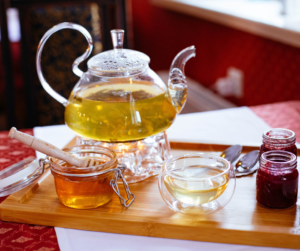 Now that we grasp the fundamentals, let’s delve into the different types of teas and their brewing techniques.
Now that we grasp the fundamentals, let’s delve into the different types of teas and their brewing techniques.
White tea is the least processed of all teas. It’s delicate, light, and has a subtle sweetness. When brewing white tea, use water just below boiling point and steep for 1-3 minutes. This will preserve the tea’s delicate flavor profile.
Green tea is known for its grassy and vegetal flavors. The key to brewing green tea is to use water at a lower temperature, around 80-85 degrees Celsius, and steep for 2-3 minutes. This prevents the tea from becoming bitter.
Oolong tea is semi-oxidized, giving it a flavor profile that falls between green and black tea. Brew oolong with water at 90 degrees Celsius and steep for 3-5 minutes.
Black tea is fully oxidized, resulting in a strong, robust flavor. Use boiling water and steep for 3-5 minutes. For a stronger brew, you can steep the leaves for longer.
Dark tea, like Puerh, undergoes a unique fermentation process. Use boiling water and steep for 2-5 minutes. The beauty of Puerh is that it can be re-steeped multiple times, with each steep revealing new flavors.
Essential Tools for Tea Brewing
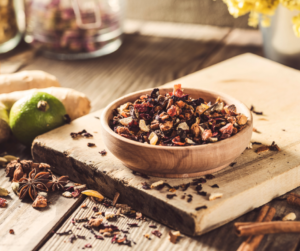 Having the right tools can make your tea brewing experience more enjoyable. Here are a few essential tools I recommend.
Having the right tools can make your tea brewing experience more enjoyable. Here are a few essential tools I recommend.
A good tea kettle is a must. Choose one with temperature control, as different teas require different brewing temperatures.
A teapot or a gaiwan is where you’ll be brewing your tea. Choose one made of porcelain or glass for the most neutral flavor.
A tea strainer will help you separate the tea leaves from the liquid. This is especially useful if you’re using loose-leaf tea.
Of course, a tea cup or mug is where you’ll be drinking your tea. If you need a teacup to have your tea in, we have what you might love to check out. Check out the link below for our top picks of teacups.
Best Tea Cups for Loose Leaf Tea
I loved writing this post last year, and it’s packed with things to know when buying a tea cup. Click the link above and find out more.
Step-by-step Guide to Tea Brewing
 Now that we have the basics down let’s go through a step-by-step guide to tea brewing.
Now that we have the basics down let’s go through a step-by-step guide to tea brewing.
First, heat your water to the appropriate temperature for your chosen tea. Remember, never use boiling water for white and green teas; it can scorch the leaves and make your tea bitter.
Second, measure your tea leaves. A good rule of thumb is to use one teaspoon of tea per cup of water. However, feel free to adjust this to suit your taste.
Third, pour the heated water over the tea leaves in your teapot or gaiwan. Let the tea steep for the suggested time.
Finally, pour your tea into your cup using a strainer to catch any tea leaves once your tea has steeped. Take a moment to appreciate the aroma before taking your first sip.
Common Mistakes to Avoid in Tea Brewing
 You might make a few mistakes as you start your tea-brewing journey. I know I did. But that’s part of the learning process. Here are some common mistakes to avoid.
You might make a few mistakes as you start your tea-brewing journey. I know I did. But that’s part of the learning process. Here are some common mistakes to avoid.
Over-steeping your tea: This can result in a bitter brew. Always keep an eye on the clock when you’re steeping your tea.
Using the wrong water temperature: We’ve learned that different teas require different water temperatures. But know that if your water for the tea is too hot, this can scorch the leaves, while too-cool water won’t extract enough flavor.
Using poor quality tea: You can’t make a good cup of tea from bad leaves. Always use the best quality tea you can afford.
Tips and Tricks for Perfect Tea Brewing
With practice, you’ll find your rhythm and preferences in tea brewing. Here are a few tips and tricks that have helped me.
Experiment with different teas: Each tea has its unique flavor profile. Don’t be afraid to try new teas and explore different flavor combinations.
Adjust to taste: The guidelines I’ve provided are just that – guidelines. Feel free to adjust the tea quantity, water temperature, and steeping time to suit your taste.
Enjoy the process: Tea brewing is not just about the end product. It’s about the journey. Take time to enjoy each step of the process.
Health Benefits of Regular Tea Brewing
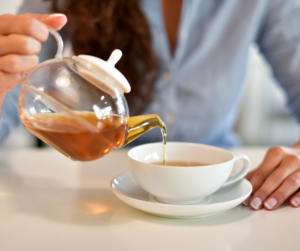 Aside from being a delightful beverage, tea also offers numerous health benefits. Regular tea brewing and consumption can improve heart health, digestion, and cognitive function. It’s also a great source of antioxidants, which can help boost your immune system.
Aside from being a delightful beverage, tea also offers numerous health benefits. Regular tea brewing and consumption can improve heart health, digestion, and cognitive function. It’s also a great source of antioxidants, which can help boost your immune system.
Drinking tea regularly can also support weight management. Certain types of tea, like green tea, aid in fat-burning and metabolism-boosting. Plus, tea is a great way to stay hydrated throughout the day.
The Best Teas for Beginners
If you’re new to the world of tea, I recommend starting with green or black tea. These are widely available and offer a familiar flavor profile. As you become more comfortable with tea brewing, you can explore more complex teas like oolong and white tea.
Assam black tea is an excellent choice for those who prefer a robust, full-bodied tea. For a lighter, more delicate flavor, try a Sencha green tea. Remember, the best tea is the one you enjoy the most.
Conclusion: Starting Your Tea Brewing Journey
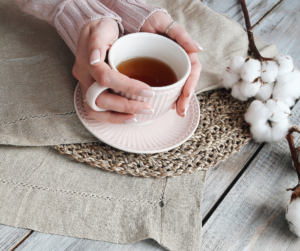 Mastering the basics of tea brewing might seem daunting at first. But with some practice and patience, you’ll soon be brewing the perfect cup of tea. Remember, the key to a good brew is understanding the basics, using the right tools, and enjoying the process.
Mastering the basics of tea brewing might seem daunting at first. But with some practice and patience, you’ll soon be brewing the perfect cup of tea. Remember, the key to a good brew is understanding the basics, using the right tools, and enjoying the process.
I hope this guide has given you a solid foundation to start your tea brewing journey. So, go ahead, brew a cup, and savor the moment. Happy brewing!
More From Tea Jubilee.
4 Tips on Brewing a Cup Of Tea
And that’s all for today; thank you for reading about Beginner’s Guide to Tea Brewing; let us know what you think of this and the other articles we have on our site.
Have a great day!




